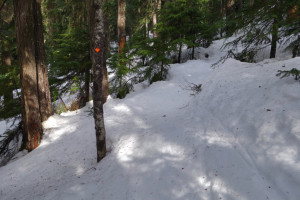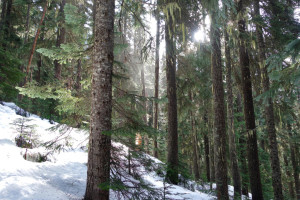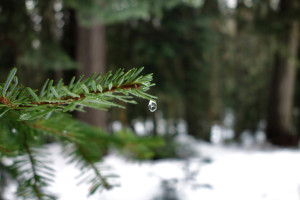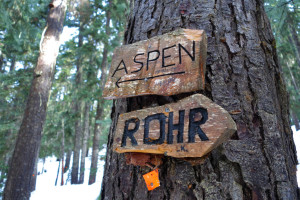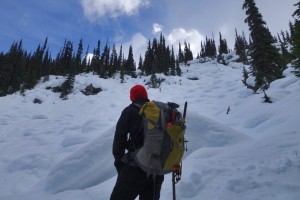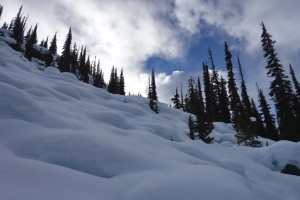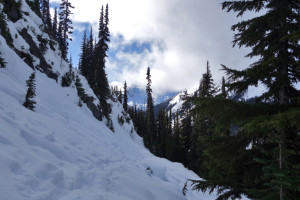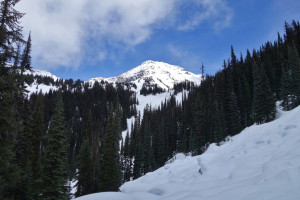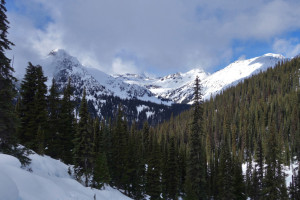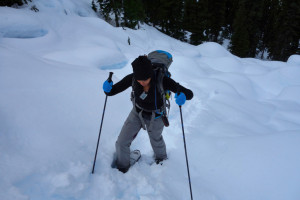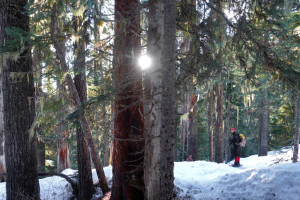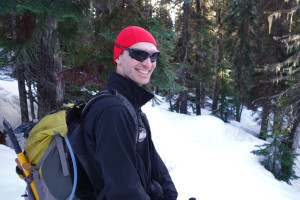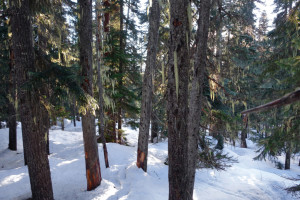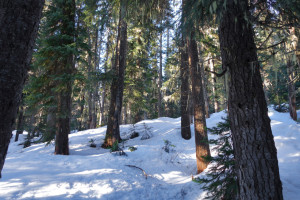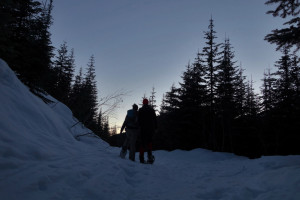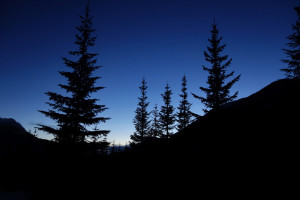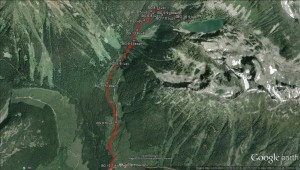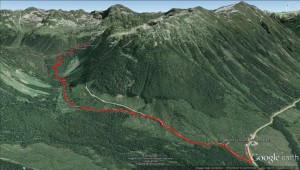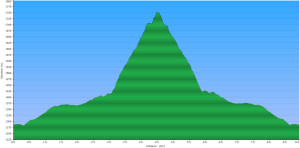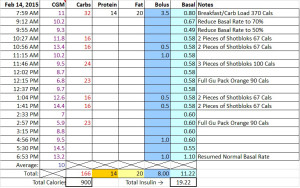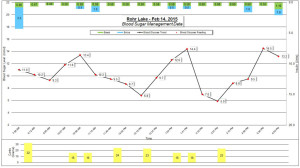Ashika Morasiewicz
Outdoor Adventurer from the North Shore, BC
Rohr Lake Trail in February
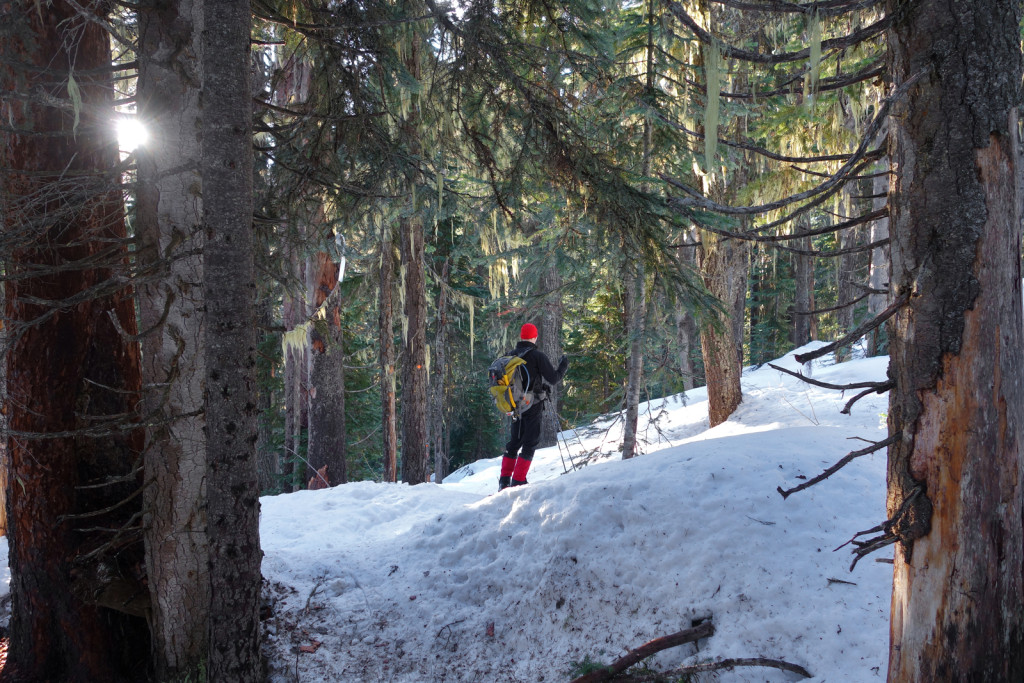
When we set off for Rohr Lake last Saturday, given the weather, I was expecting skiers and snowshoers all over the trail; I was surprised when we didn’t run in to anyone all day. Is Rohr that underrated?
The plan was to take our time up the trail, squeeze in as many blood sugar checks as possible, and consistently eat carbs throughout the day. I was playing around with my basal rate (hourly insulin intake) and I was trying out a few new sources of carbs including: Gu Chomps and Gu Energy Gels.
I kept my blood sugar levels a little elevated throughout the day; I was not sure how the basal rate reduction and new carb sources would affect my blood sugar levels. When outdoors, I prefer high blood sugars over low blood sugars when I am making any adjustments to my diabetes management.
We parked at the usual winter parking spot across from the salt shed and walked down the road to the trail head. We put on our snowshoes within a few steps on to the road.
The first part of the hike steeply followed through the forest; the trail was well marked. To avoid sinking, we followed ski tracks (down tracks) the entire day and lost sight of the markers in a few different areas. The snow was well consolidated and supportive to snowshoes.
Next up would have been the beautiful meadows. The tracks we followed detoured away from the meadows and stayed in the sloped forest, bringing us out to the base of the boulder field to the right of the meadows.
During the final kick, I was sure to look back every few minutes; the views opened up with each step.
The skiers, whose tracks we had been following, had come down the boulder field and there was no established up track. We broke our own trail by switch-backing up through the snow covered boulders. The snow at this elevation was much less crusty than it had been further below; with our snowshoes on, we were breaking trail up to mid-shin.
Near the top, some cliffbands forced us to a meltwater stream (note, the summer trail follows a stream/creek most of the way up). The only way across appeared to be a short series of unstable snow bridges which spanned the gaps. We realized how close we were to Rohr Lake and took a long, hard look at the crossing. We feared collapsing into the ice cold rushing water and decided to play it safe by turning around.
Given the successful day of blood sugar management (specifically, no hypos) and good control over my blood sugars, I wasn’t too disappointed.
Views on the way down:
By the time we hit the road, it was shortly after sunset.
Stats for the day:
Diabetes Management
What I did differently on this trip vs other trips:
- Reduced Basal Rate at the start of the hike.
- Tried new carb sources: Gu Chomps and Gu Energy Gels to determine if they are better for blood sugar management in terms of carbs, calories, and absorption rate (fast acting vs slow acting).
- I didn’t like the gels, I probably wont try this brand again. Gu Chomps worked well and didn’t seem to cause any major spikes.
- Bolused only 0.5 units of insulin for each time I ate carbs (regardless of the carb count).
- Note: My normal bolus rate is 1 unit of insulin for every 10 grams of carbs. I reduce this significantly while hiking or snowshoeing. I have not yet set a ratio for outdoors activities.
- Checked blood sugars more frequently.
- Way-pointed each blood sugar check and carb load.
- To see any trends re: blood sugars and elevation gain.
General Observations:
- Energy level seemed consistent throughout the day, despite only consuming 900 calories.
- Drank 2L of water.
- Blood sugar levels seemed to ‘spike’ during steep up-hill sections.
- Possibly due to a correlation between adrenaline and blood sugar levels.
- During the descent, I should have increased my basal rate back up to 100% (or very close to).
- Because I exert less effort during the descent, I need more insulin to stabilize my blood sugar levels.
- This was likely the cause for my last blood sugar spike of the day.
- Next hike/snowshoe, I will decrease my basal rate by 60% (instead of 50%) in order to take in more insulin each hour. This should help keep my blood sugar levels in the ‘normal’ range.
While observing and way-pointing my blood sugars throughout our snowshoe, I realized how hard it can be to balance diabetes and sports. Often times, it’s not just about the views, fresh air, and getting up a mountain. We set a goal to reach a destination and we have to calculate the best/safest way to get there. On top of considering: weather, terrain, gear, required skills, etc., I have to consider my blood sugars. I’m constantly thinking about my diabetes:
- How many carbs/calories should I eat?
- How much water should I drink?
- How fast should I be travelling?
- Is my blood sugar high because of dehydration or am I dehydrated because my blood sugar is high?
- How much ‘active’ insulin do I have in my system?
- When was the last time ate?
- Am I due for another blood sugar check?
…and the list of thoughts goes on.
Fortunately, the views are always worth it! 🙂
– Ash
